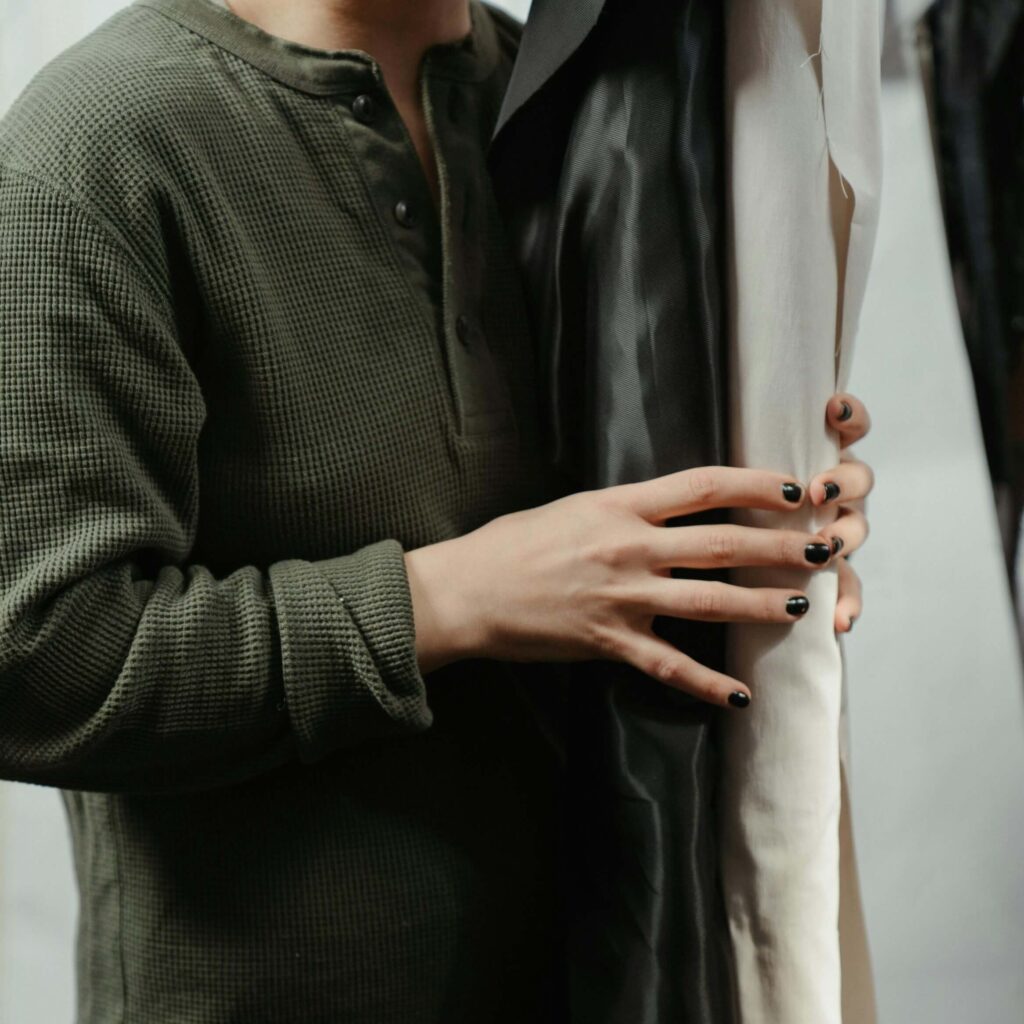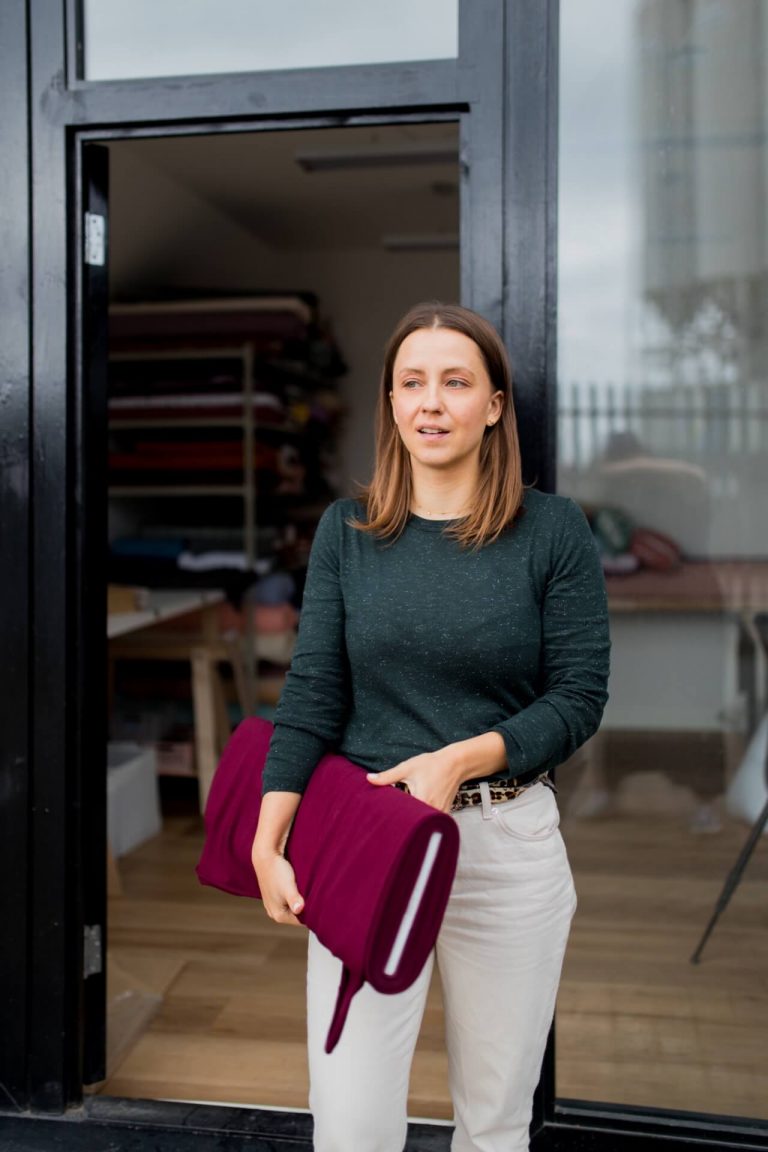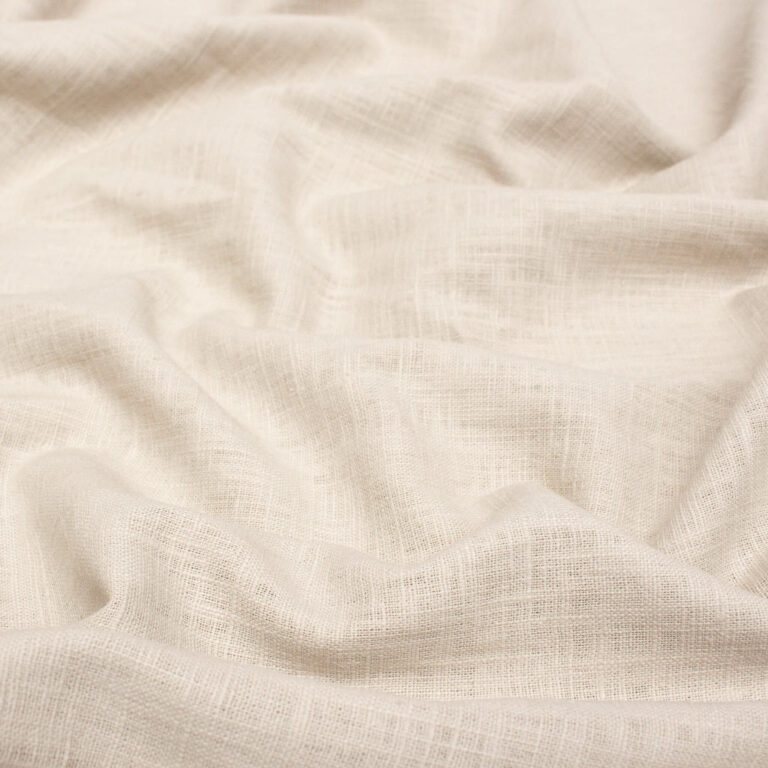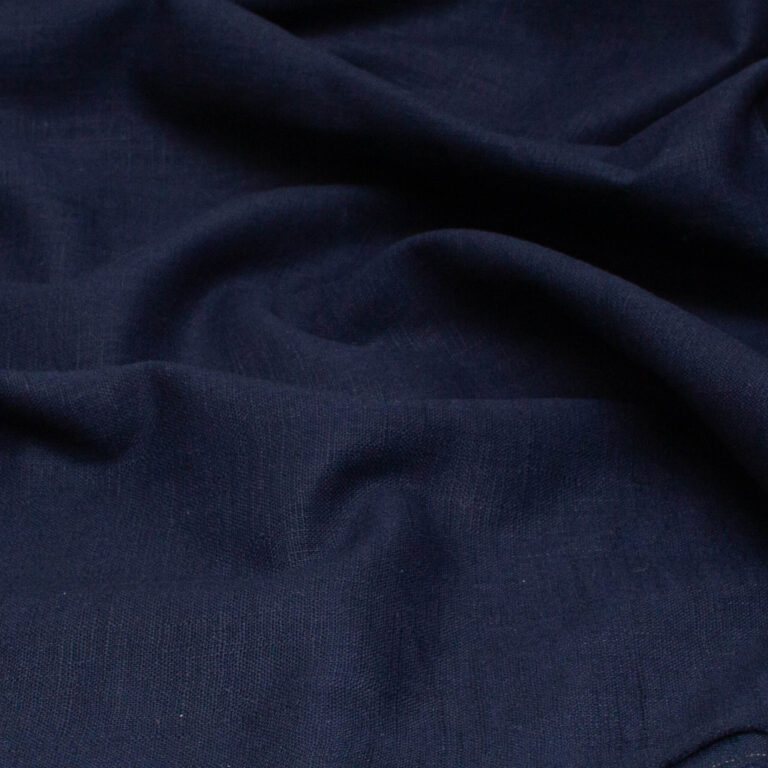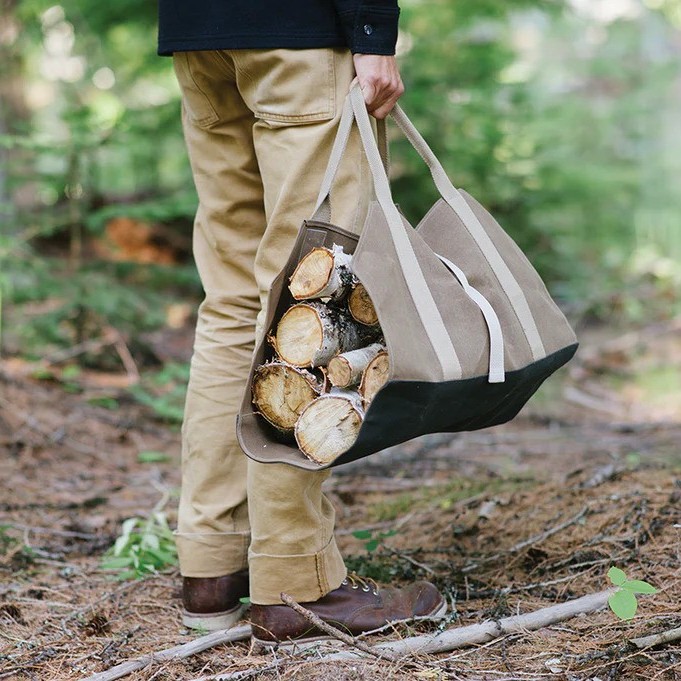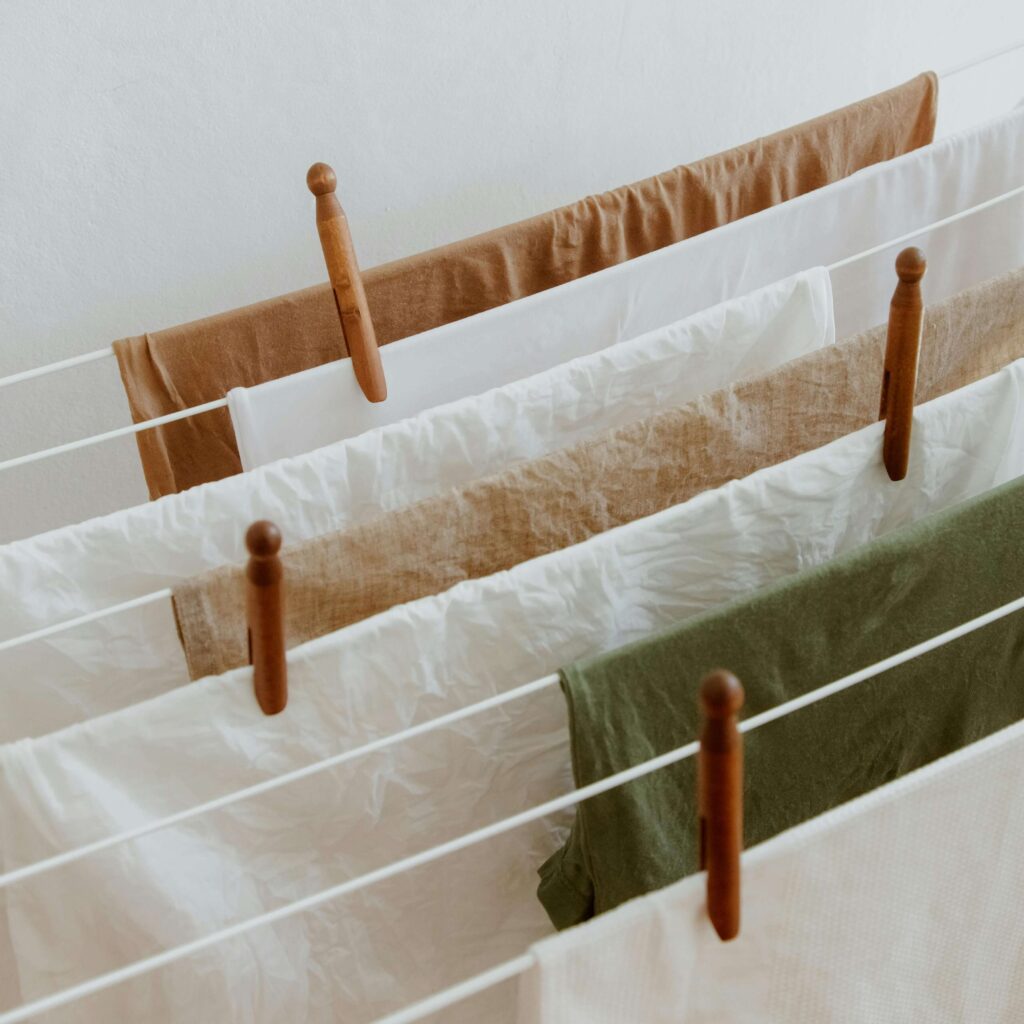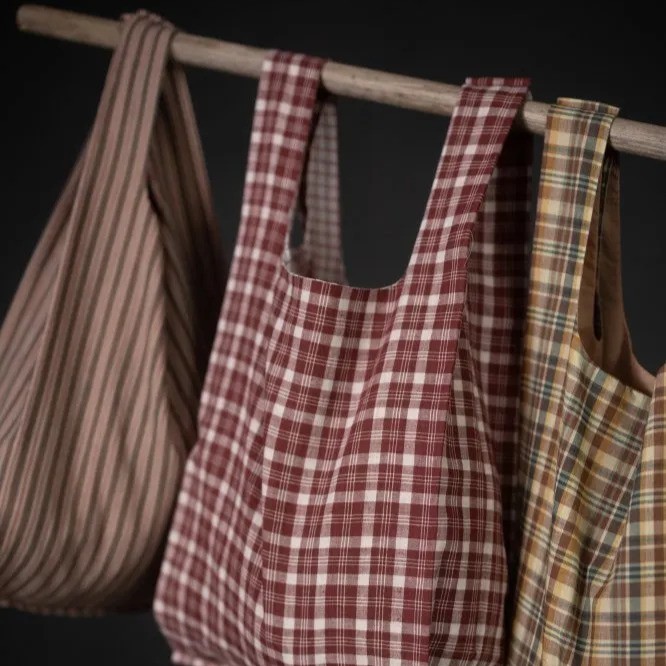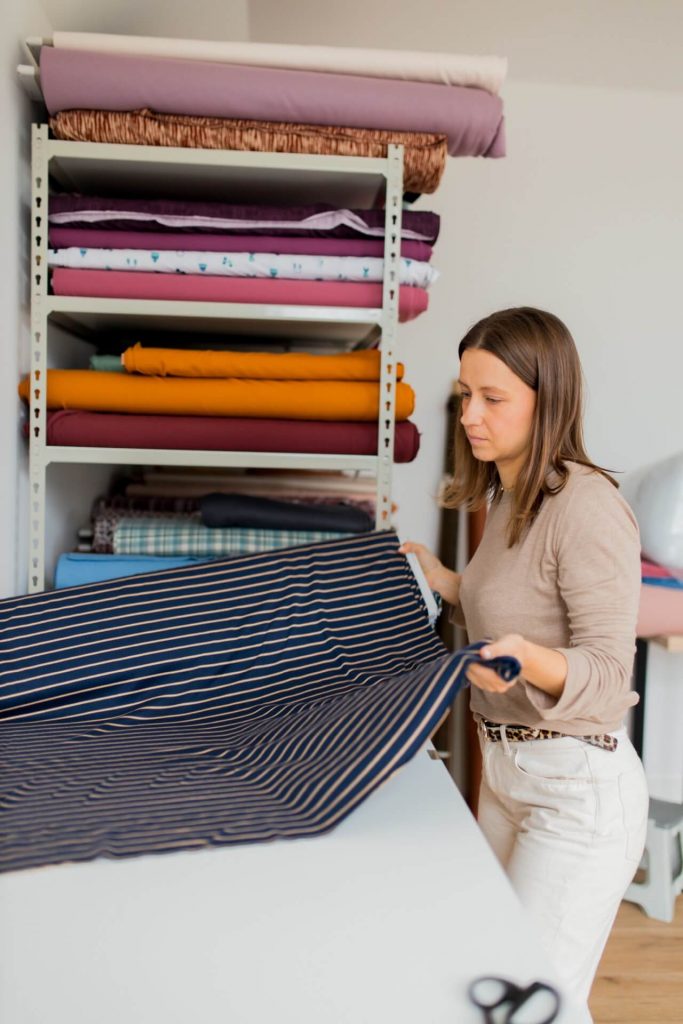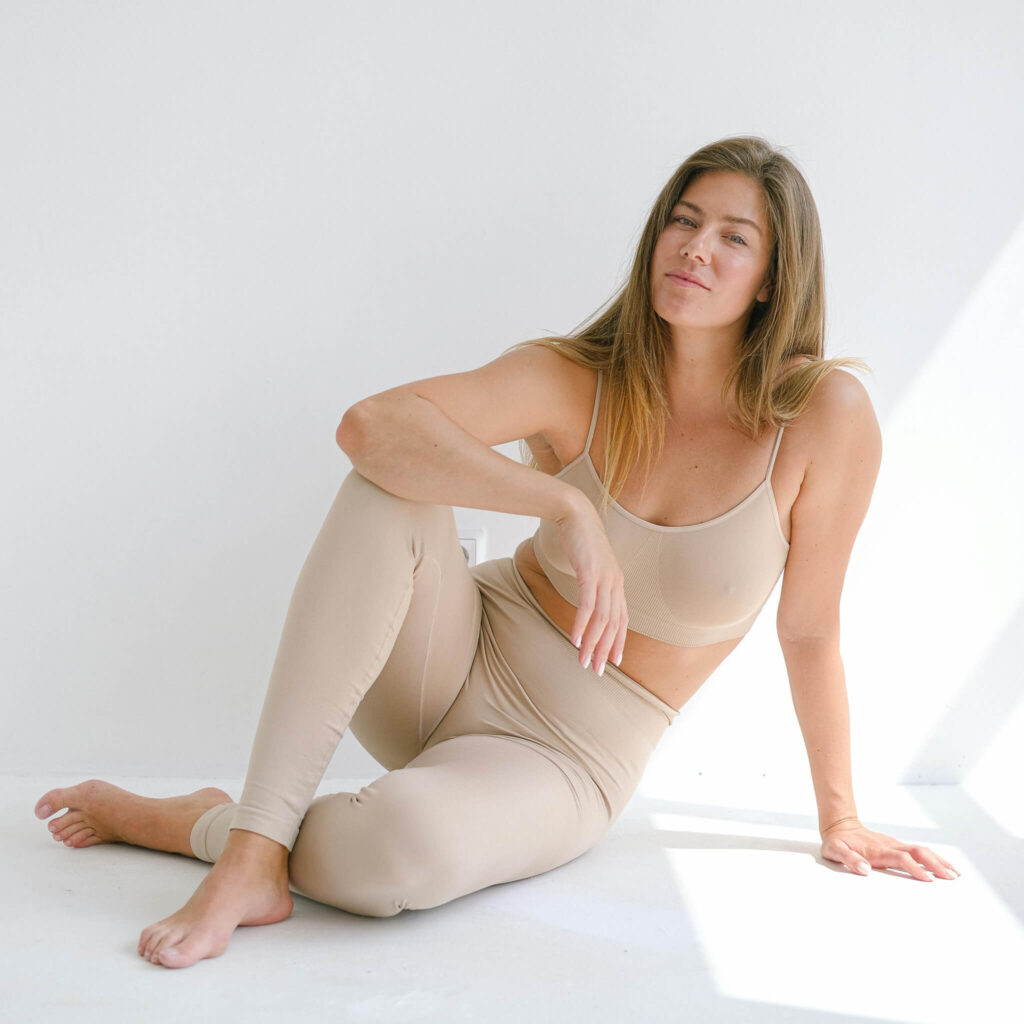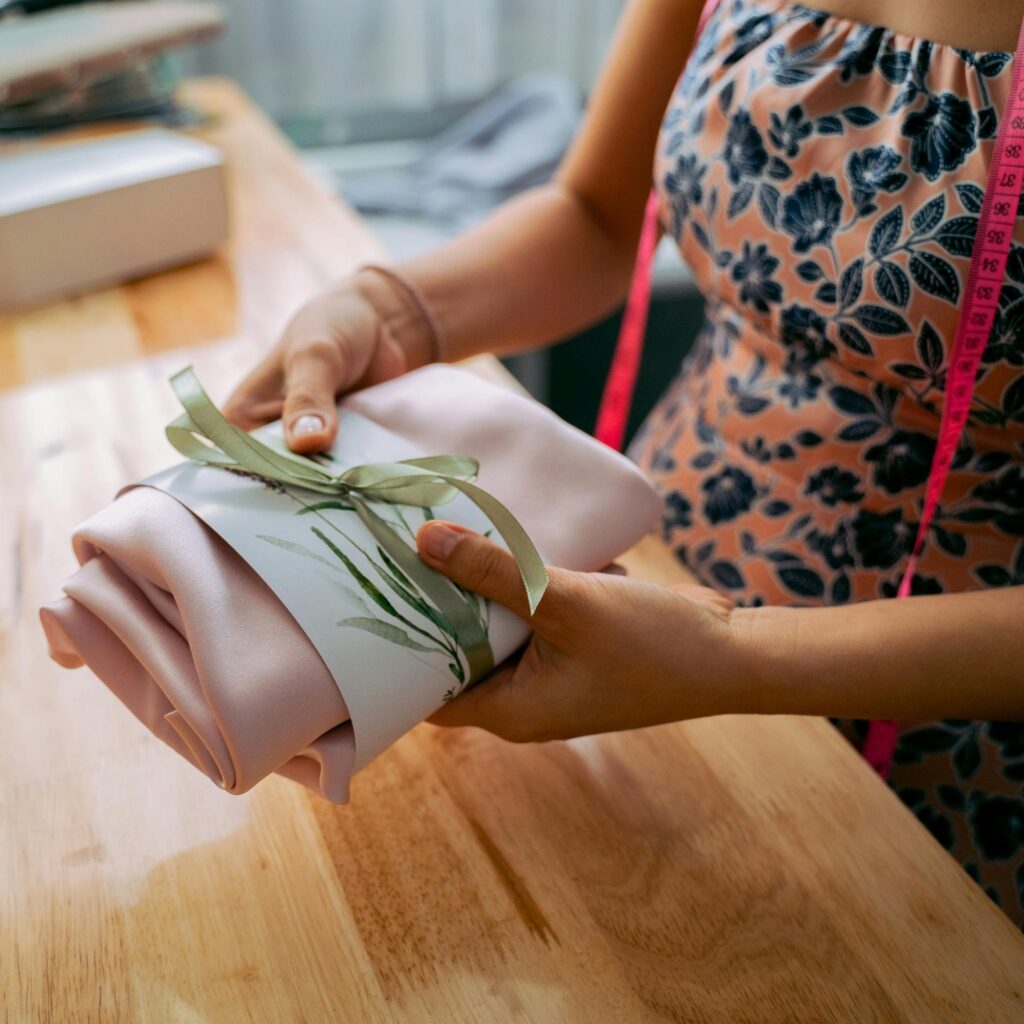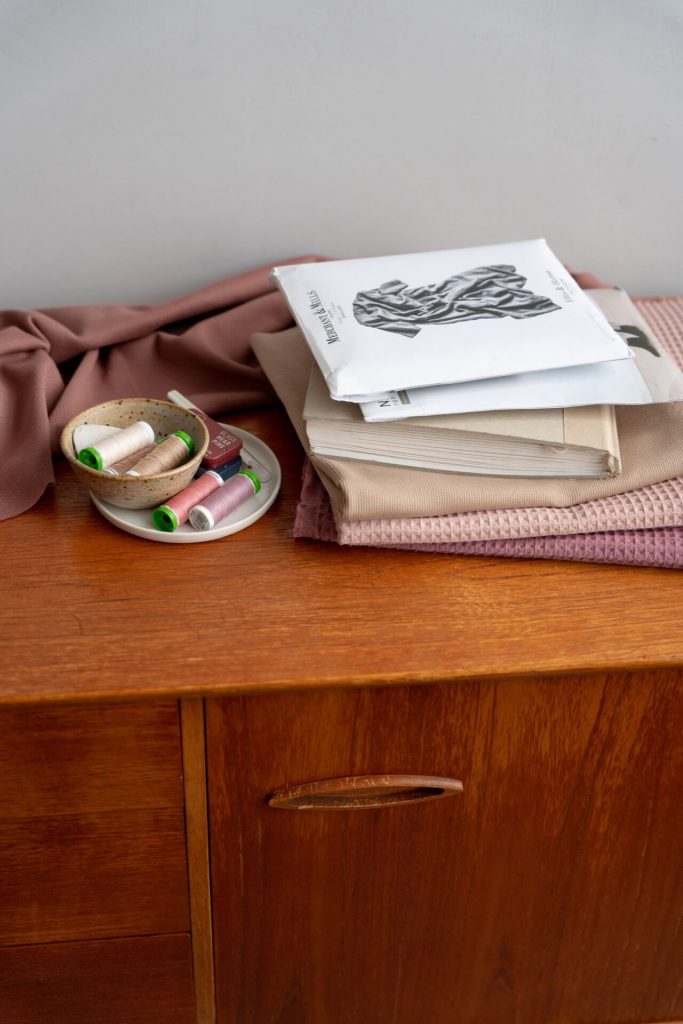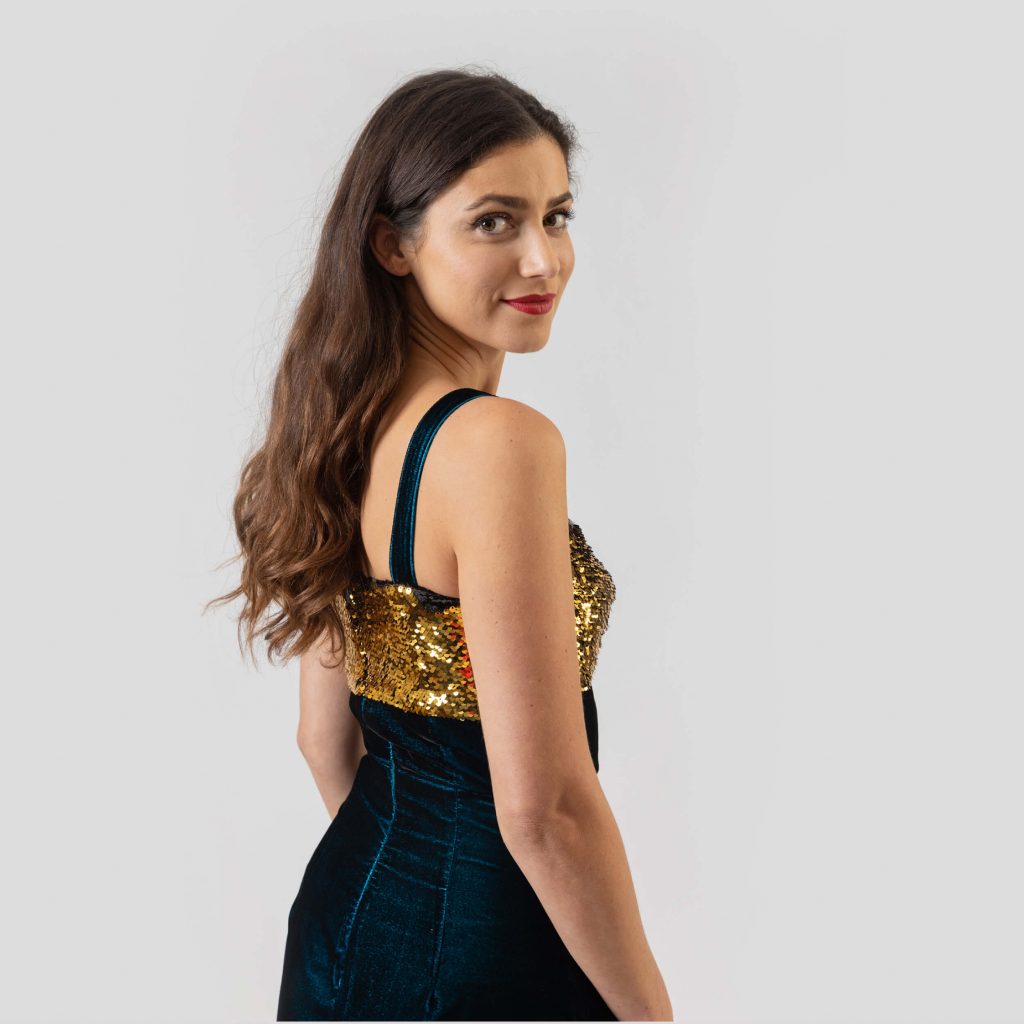Deadstock Fabrics: Just a Fancy Word for Leftovers?
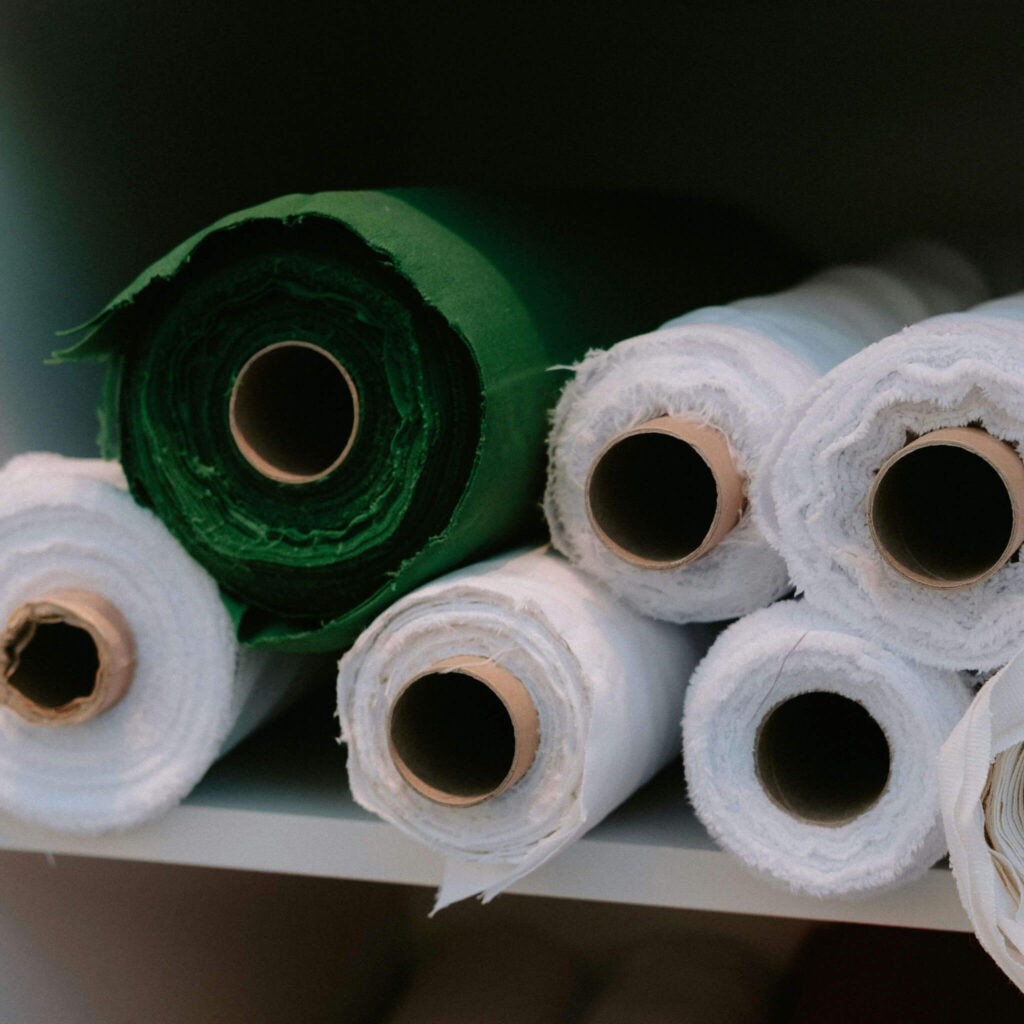
Recently, we were invited onto The Sewing Social podcast to discuss ex-designer deadstock fabrics and share our thoughts. Around the same time, The Pattern Pages sewing magazine asked us to contribute to an article on the same topic, and a client visited our Wimbledon studio seeking our perspective for a blog piece on Sewing Chronicle.
All of this prompted us to step back and reflect on our stance. As a fabric business owner, our views on deadstock fabrics directly influence our sourcing policy. After five years of running Good Fabric and 12 years as a production manager for major fashion brands, we felt it was time to put our thoughts, knowledge and first hand experience into writing. This reflection also led us to update our sourcing policy and make a pledge.
Spoiler alert: you can probably guess our thoughts from the title of this blog.
Sustainability As a Spectrum
Sustainability means different things to different people. Some consider recycled polyester sustainable, while others wouldn’t touch it with a bargepole. For us, sustainable fabrics must meet the following criteria:
- Made from natural fibres
- Certified by a third party with eco credentials such as GOTS, FSC, OEKO-TEX, or TENCEL
What Counts as True Deadstock Fabrics?
Deadstock fabric, by our definition, refers to leftover material from a brand’s production or sampling stages and they no longer want or need it. This could be due to over-ordering (which is rare), receiving a faulty batch or incorrect colour, or because the brand has shut down and is liquidating its raw materials. The last scenario is the most common.
The key point? For us, deadstock fabric must come directly from a fashion brand, not from a mill, factory, wholesaler, agent, or jobber. If the fabric never made it to the brand in the first place, then it’s simply surplus fabric, not deadstock.
Red Flags to Watch Out For
1. Calling It “Deadstock” to Sound More Sustainable
Rebranding surplus fabric as “deadstock” to imply sustainability is misleading. Just because fabric is unused doesn’t make it sustainable. It could be the most toxic fabric, produced under terrible conditions, but simply being surplus to a brand’s needs does not make it sustainable, whether it ends up in landfill or not.
2. Questionable Quantities
If a supplier has thousands of metres of so-called deadstock, how likely is it that a brand ordered that much and then decided they didn’t need it? Fashion brands and their CFOs don’t make such reckless financial mistakes.
Fashion brands operate in two main ways when it comes to purchasing fabric:
- CMT (Cut-Make-Trim) – The brand buys and delivers fabric to the factory, which then charges only for labour. Brands typically purchase only what they need, with a small surplus for contingencies. No brand would buy an extra 400 metres “just in case”, it would be financially irresponsible.
- Fully Factored Pricing – The factory purchases the fabric and charges the brand for both materials and labour. Even in this scenario, excess fabric is rare, as factories are careful not to over-purchase without confirmed orders.
So, the idea that 400 metres of fabric was simply unwanted by a brand or factory is a major red flag.
3. Intellectual Property Issues
When wholesale agents sell “ex-designer” deadstock from brands like i.e. Paul Smith, Hugo Boss, or Dolce & Gabbana, two issues arise:
- Exclusive Designs – If a brand developed its own print, it is their intellectual property. Selling it without permission is unethical, even if legal protections don’t apply.
- Non-Exclusive Prints – More commonly, brands purchase prints from textile designers without exclusive rights, meaning other brands can also use them. If a seller claims fabric is “ex-Paul Smith,” all it really means is that Paul Smith used the same print. It wasn’t created exclusively for them, nor did it come from them.
4. Lack of Transparency
If fabric truly comes from a brand, we should know which brand. When we source dressmaking fabrics directly from brands, we know where the fabric comes from, why they’re selling it, and what its eco credentials are. Brands might not want this information made public, which is fair, but we ensure we have done our due diligence. Sustainability and transparency go hand in hand, you cannot be sustainable without being transparent.
Our Pledge to Responsible Sourcing
We know we have used the word “sustainable” a lot in this article, but honestly, we really don’t like it. It has become synonymous with greenwashing and marketing strategies, just like “deadstock.”
Recently, a fashion student visited our studio while working on a mock brand for her course, and something she said really stuck with us. She wanted to create a brand that wasn’t sustainable but responsible. And we love that word.
As a store, we feel a responsibility to be transparent, to do our due diligence, and to sell products that are what they claim to be.
So, here is our pledge when it comes to selling ex-designer deadstock fabric:
We pledge to source deadstock fabrics exclusively from brands and ensure they are made from natural fibres.
Final Thoughts on Deadstock Fabrics
This is a complex topic with multiple perspectives, and our sourcing policy reflects our views, experience, and knowledge. We also want to acknowledge the hard work of fabric stores selling deadstock with limited information, as brands often choose to remain anonymous for various reasons. If you’re interested in true deadstock fabric, we encourage you to reach out to your fabric store and ask, off the record, about its origins.
We would love to hear your thoughts on this topic, so feel free to email us at hello@goodfabric or send us a DM on Instagram @good_fabric_store , we’re always open to learning and growing.
Shop the fabrics featured in this article
More like this
Dive into another sewing blog from Good Fabric
Good Fabric, great offers
Subscribe to the Good Fabric mailing list for more sewing blogs, just-dropped sustainable fabrics, juicy promotions and 10% off your next order.
